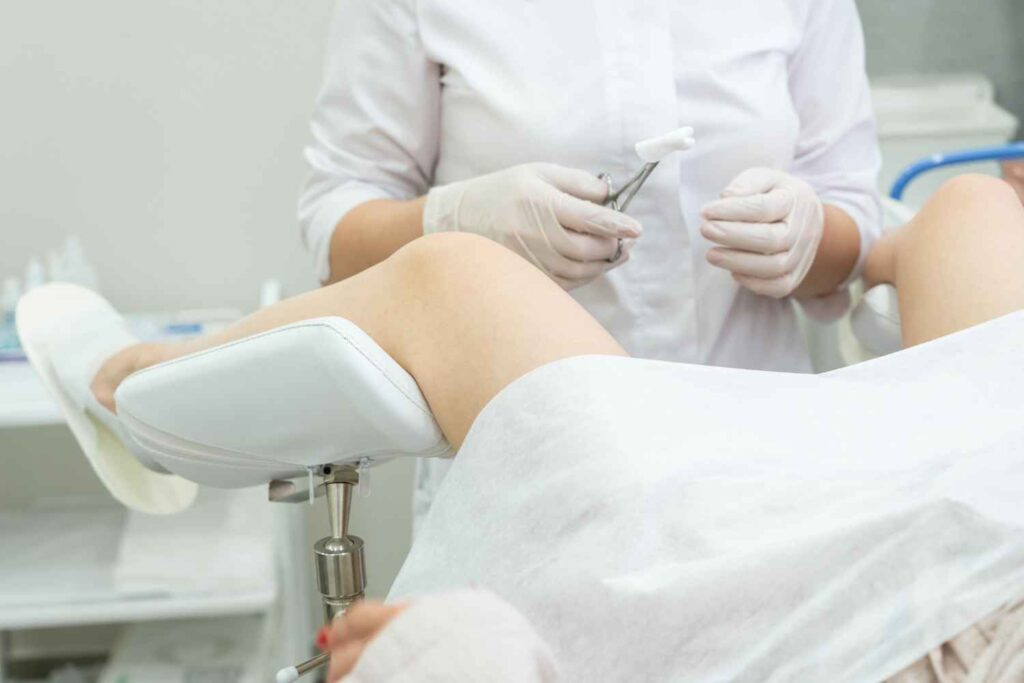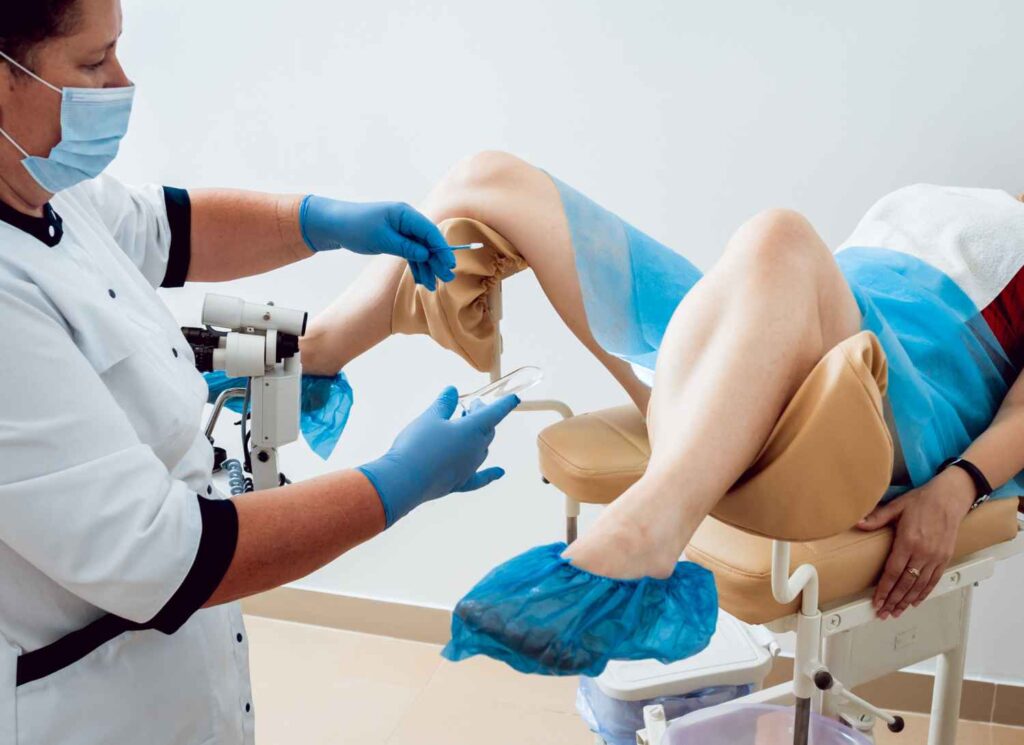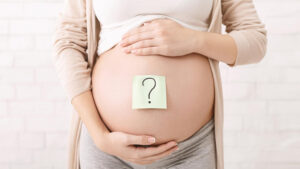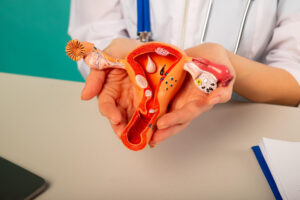Struggling to conceive can be an emotional and confusing experience for couples. While there are many causes of infertility, identifying the root problem often requires detailed tests and procedures. Two of the most essential tools in modern fertility care are laparoscopy and hysteroscopy. These minimally invasive procedures not only help doctors diagnose issues but can also treat them in the same sitting—improving your chances of a successful pregnancy.
In this blog, we’ll guide you through the basics of laparoscopy and hysteroscopy, including their applications in fertility treatment, when they’re recommended, and what to expect during recovery.
What Are Laparoscopy and Hysteroscopy?
Laparoscopy and hysteroscopy are surgical procedures used to diagnose and treat female infertility and reproductive system problems.
Laparoscopy
Laparoscopy is a minimally invasive surgery where a small camera (laparoscope) is inserted through a tiny incision in the abdomen to view the pelvic organs, such as the uterus, ovaries and fallopian tubes. This procedure helps detect:
- Endometriosis
- Blocked fallopian tubes
- Ovarian cysts
- Fibroids
- Pelvic adhesions
Hysteroscopy
Hysteroscopy involves inserting a thin, lighted tube (hysteroscope) through the vagina and cervix to look inside the uterus. It helps diagnose and treat:
- Uterine fibroids and polyps
- Scar tissue (Asherman’s syndrome)
- Abnormal uterine bleeding
- Septum or structural abnormalities
Together, laparoscopy and hysteroscopy provide a complete view of both the inside and outside of the uterus and reproductive system.
Why Are Laparoscopy and Hysteroscopy Important in Fertility Care?
These procedures play a key role in fertility diagnosis and treatment. While basic fertility tests like ultrasounds and blood work can offer clues, some conditions are only visible through direct visualization.
Benefits of Laparoscopy and Hysteroscopy:
- Accurate diagnosis of unexplained infertility
- Immediate treatment of issues like fibroids or blockages
- Enhanced success rates for IVF and IUI
- Minimal scarring and quick recovery compared to traditional surgery
- Prevention of future reproductive complications
Many women conceive naturally after treatment through laparoscopy and hysteroscopy, making them both diagnostic and therapeutic tools.
Conditions Diagnosed or Treated with Laparoscopy and Hysteroscopy
With Laparoscopy:
- Blocked Fallopian Tubes – A common cause of infertility that can be opened or removed during the procedure.
- Endometriosis – The presence of uterine lining outside the uterus, causing pain and affecting fertility.
- Pelvic Adhesions – Scar tissue from infections or previous surgeries that hinder egg release or tubal function.
- Ovarian Cysts – Cysts that may need to be removed to improve ovulation.
With Hysteroscopy:
- Uterine Polyps or Fibroids – Non-cancerous growths that interfere with embryo implantation.
- Intrauterine Adhesions – Scar tissue that can lead to miscarriage or failed implantation.
- Congenital Uterine Abnormalities – Such as a septum (a wall dividing the uterus), which can be corrected.

When Are These Procedures Recommended?
Doctors may suggest laparoscopy and hysteroscopy when:
- You’ve been trying to conceive for over a year without success
- Other fertility tests are inconclusive
- You experience symptoms like pelvic pain, heavy bleeding or irregular cycles
- You’ve had multiple miscarriages or failed IVF attempts
- Suspected abnormalities in the uterus or fallopian tubes
They are instrumental in cases of unexplained infertility.
What to Expect: The Procedure Step-by-Step
Before the Procedure:
- You’ll undergo blood tests, pregnancy tests, and possibly imaging.
- Your doctor will explain the risks and benefits.
- Fasting is required for a few hours before a laparoscopy.
- The procedure is done under general anaesthesia.
During Laparoscopy:
- A small incision is made in the abdomen near the belly button.
- Carbon dioxide gas is used to expand the area for a clearer view.
- The laparoscope is inserted to examine reproductive organs.
- If needed, additional instruments are used to remove cysts, treat endometriosis, or clear blockages.
During Hysteroscopy:
- A hysteroscope is inserted into the vagina, through the cervix and into the uterus.
- No incisions are needed.
- Polyps, fibroids, or scar tissue may be removed during the same session.
After the Procedure:
- Most women go home the same day.
- Some cramping, bloating, or light spotting is normal.
- Full recovery usually takes 3–7 days for hysteroscopy and up to 2 weeks for laparoscopy.
- Your doctor will schedule a follow-up and discuss the findings and next steps.

Risks and Side Effects
Like any procedure, laparoscopy and hysteroscopy carry small risks, including:
- Infection
- Bleeding
- Injury to nearby organs (rare)
- Reaction to anaesthesia
However, they are generally safe, primarily when performed by experienced fertility specialists.
Impact on Fertility Outcomes
Many women experience improved fertility after laparoscopy and hysteroscopy, particularly if the procedure is used to:
- Remove fibroids or endometrial tissue
- Unblock fallopian tubes
- Treat adhesions
- Correct uterine abnormalities
In some cases, these procedures make it easier for couples to conceive naturally. In others, they enhance the success rate of assisted reproductive techniques like IVF.
Laparoscopy and Hysteroscopy at TheBoonIVF
At TheBoonIVF, we specialize in advanced diagnostics and minimally invasive procedures, including laparoscopy and hysteroscopy. Our expert fertility team uses cutting-edge technology to identify and treat conditions that may be affecting your ability to conceive. We believe in offering compassionate, personalized care to help you take control of your fertility journey with confidence.
If you’re facing fertility challenges, schedule a consultation with our specialists to find out if these procedures are correct for you.
FAQs
Q1. Are laparoscopy and hysteroscopy painful?
No, both procedures are performed under anaesthesia so that you won’t feel any pain during the procedure. Mild cramping or soreness is common after.
Q2. Will I need both procedures?
In many cases, both are performed together to give a full view of the reproductive organs. Your doctor will determine the treatment based on your specific condition.
Q3. How soon can I try to conceive after the procedures?
You can usually try within one or two menstrual cycles, depending on your recovery and the treatment done.
Conclusion
Laparoscopy and hysteroscopy are essential tools in the diagnosis and treatment of many causes of female infertility. From identifying hidden problems to treating them on the spot, these procedures can significantly increase your chances of a successful pregnancy—naturally or through assisted reproduction.
If you’re struggling to conceive and looking for answers, don’t wait. Talk to the experts at TheBoonIVF and explore how laparoscopy and hysteroscopy can support your fertility journey.


